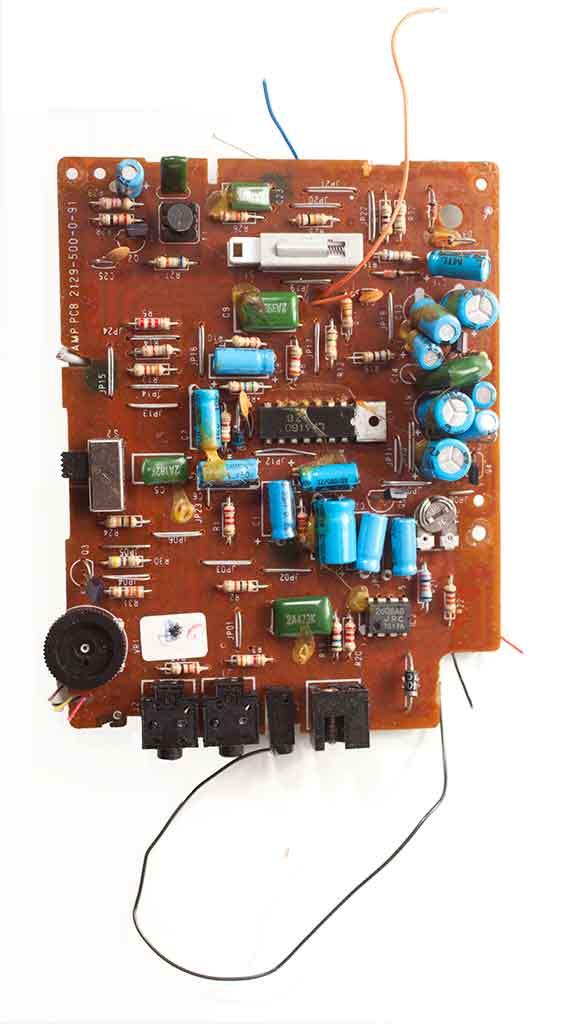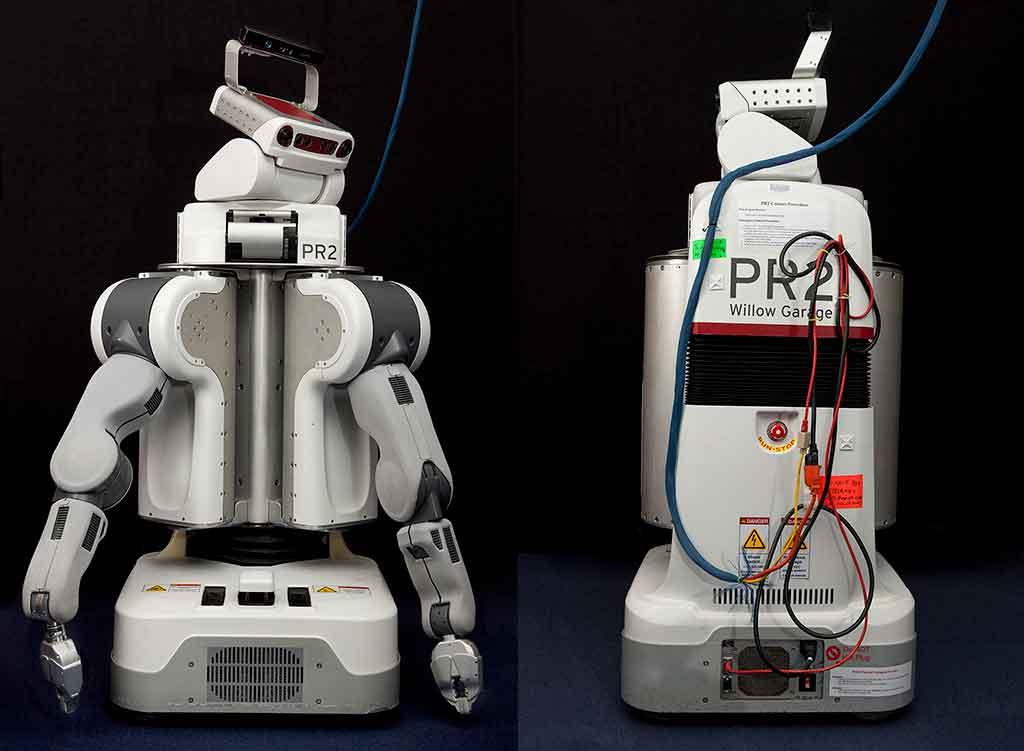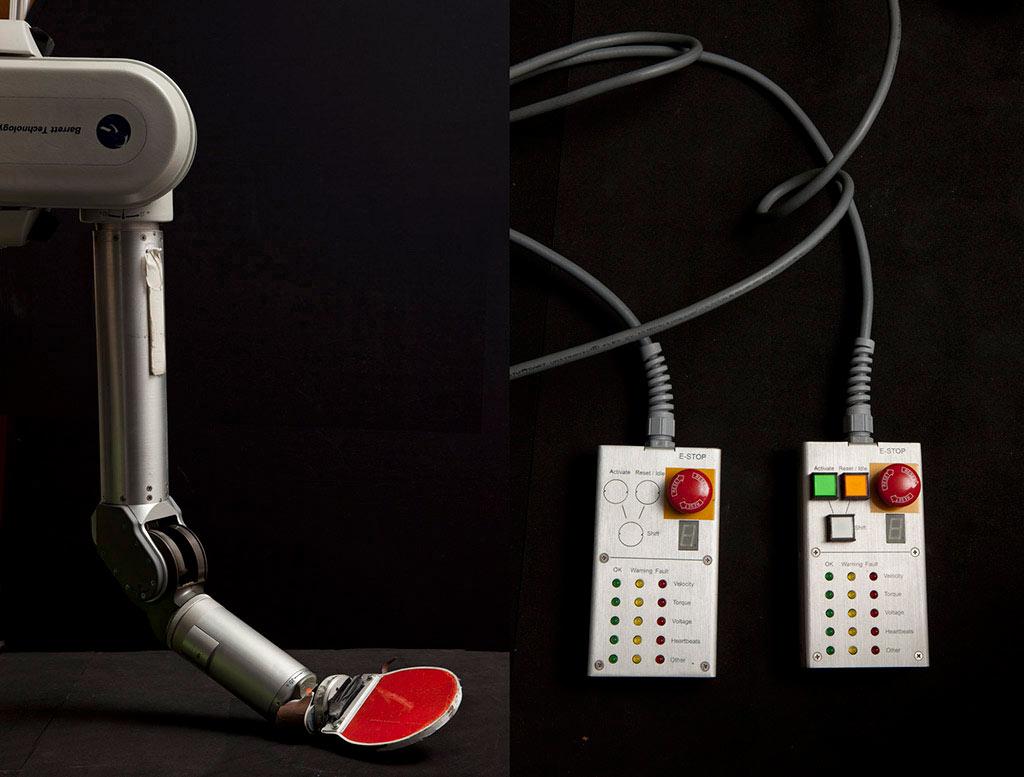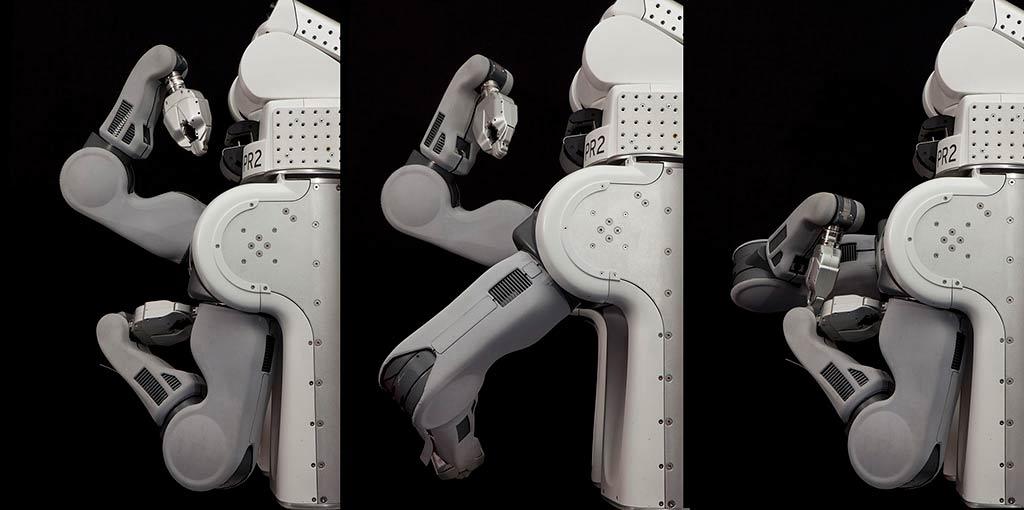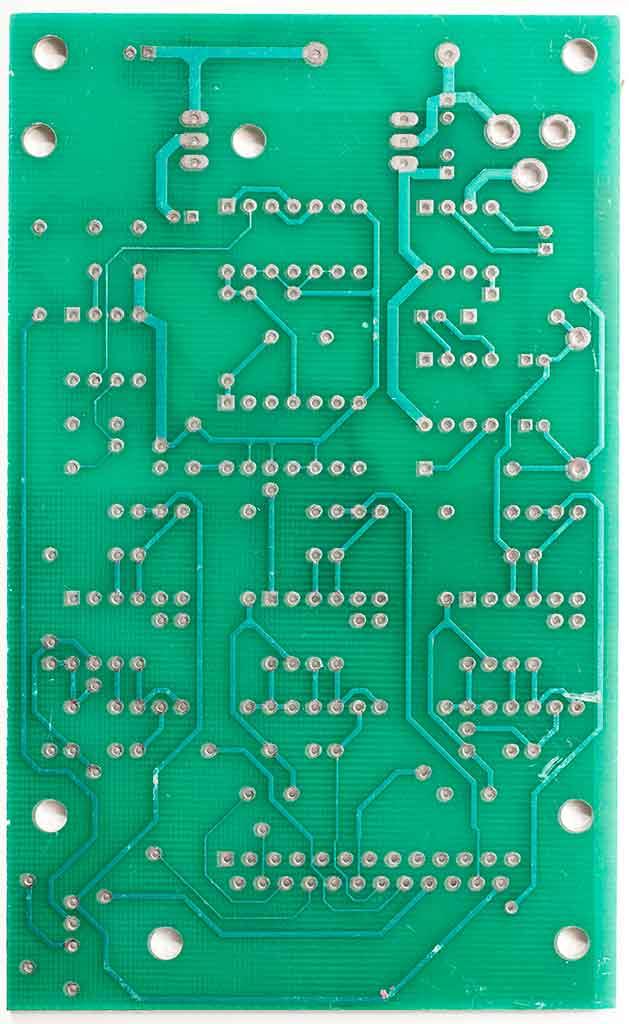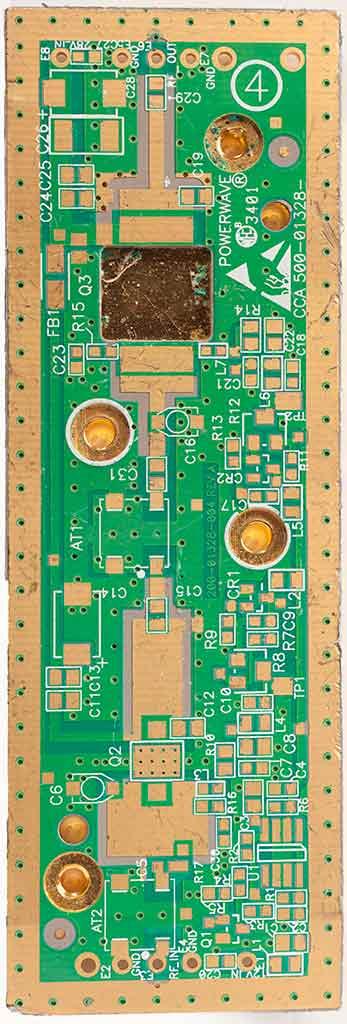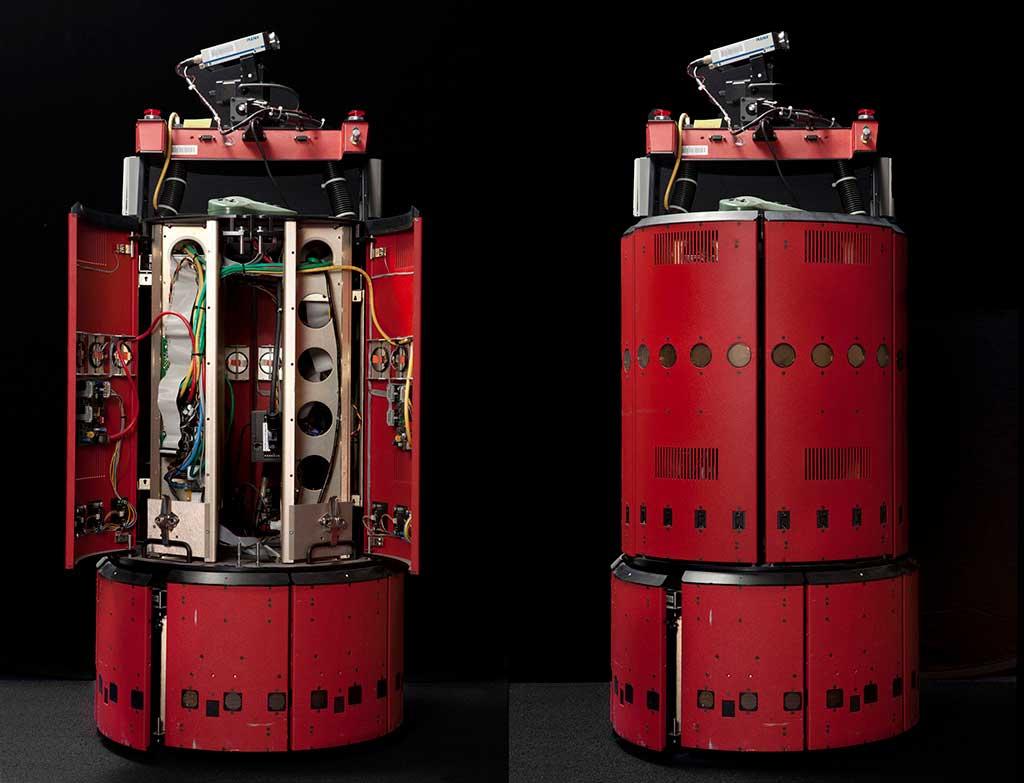Recursions
In the 1620’s, the René Descartes famously demonstrated - by dissecting a cow eye - that vision is formed using the same scientific properties as a camera obscura. This experiment not only illuminated the mechanics of vision, but demonstrated that vision is formed in a mechanical way. The sense that the body and senses were machine-like, with a soul as operator, became a common model for imagining how we navigate the world. Since Descartes’ experiment, much has proven that vision is subjective, and not an entirely reliable source of information. Still, as we perceive our senses and cognition functioning by scientific principles, one is left to wonder to what degree technology offers models of our own functioning. Using several approaches, this body of work explores and considers how the forms of technology take reveal and inform (directly or indirectly) the ways we believe that we navigate the world. Recursion in computer science, refers to the ability for a function or algorithm to repeatedly parse information, creating many instances of itself and revealing itself through pattern. My source materials - circuit boards, code and robots - were originally made as purely utilitarian objects, with little consideration for design and form. Still, these objects embody deep metaphors about the ways they we perceive our own cognition (and ultimately perception). Likewise, we are left to consider how these forms recursively reconstruct our sense of ourselves.

